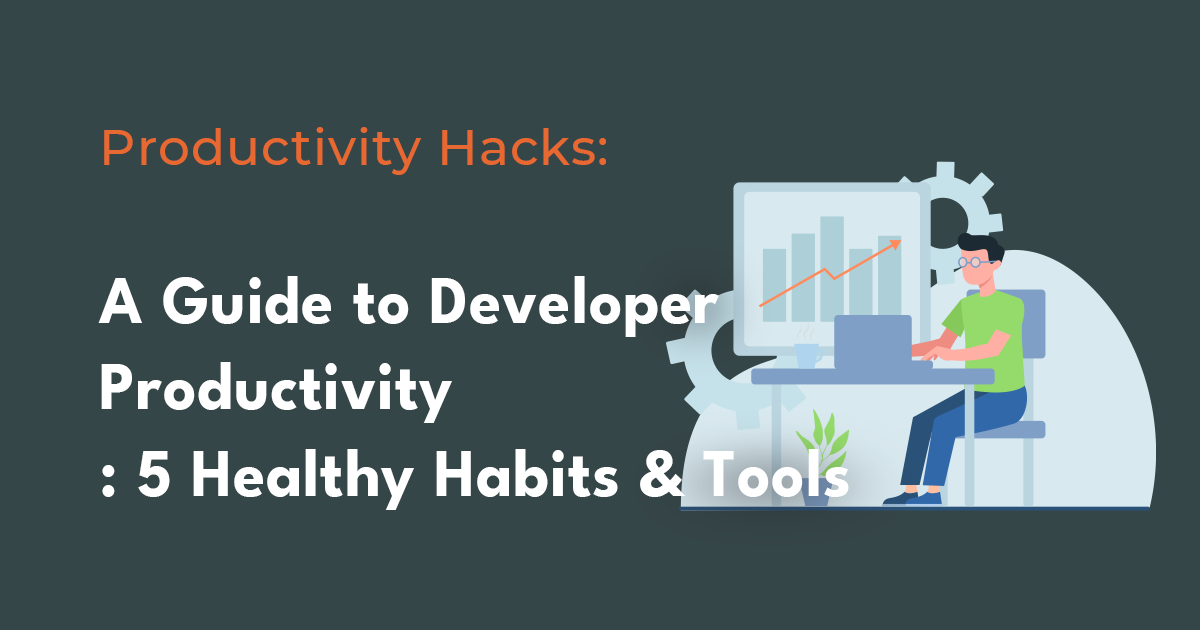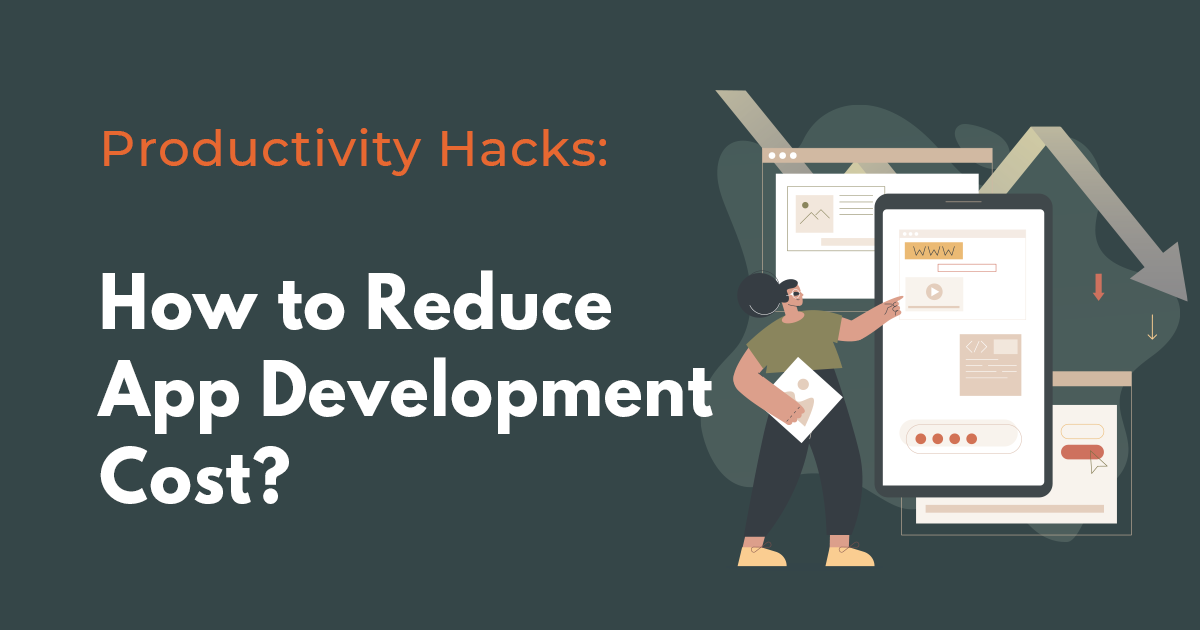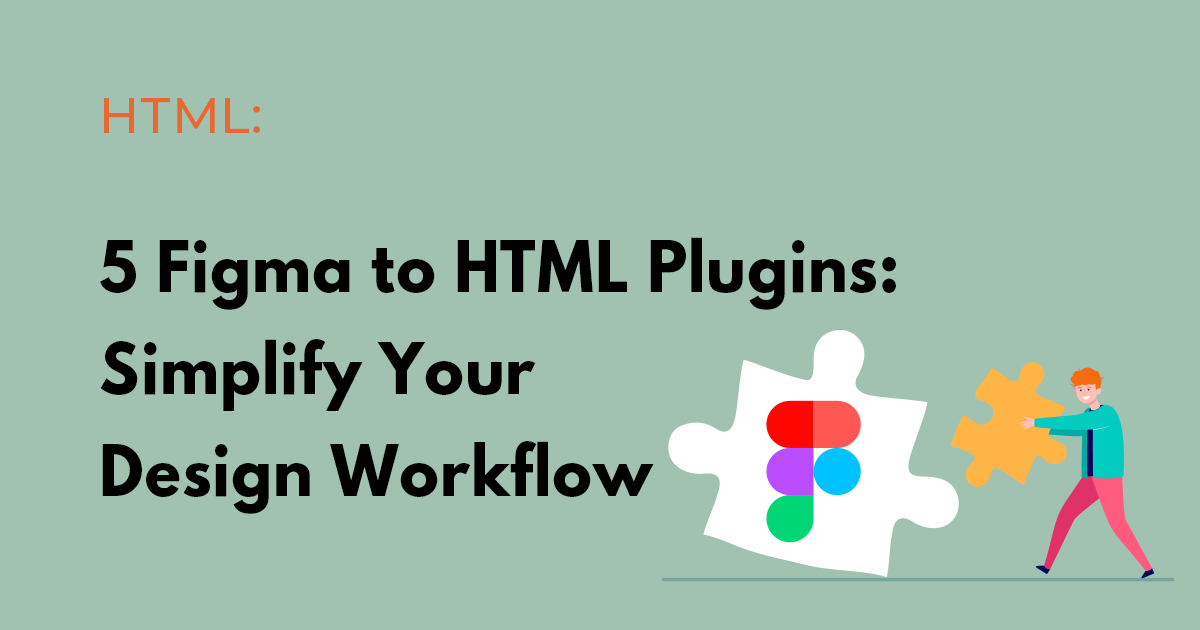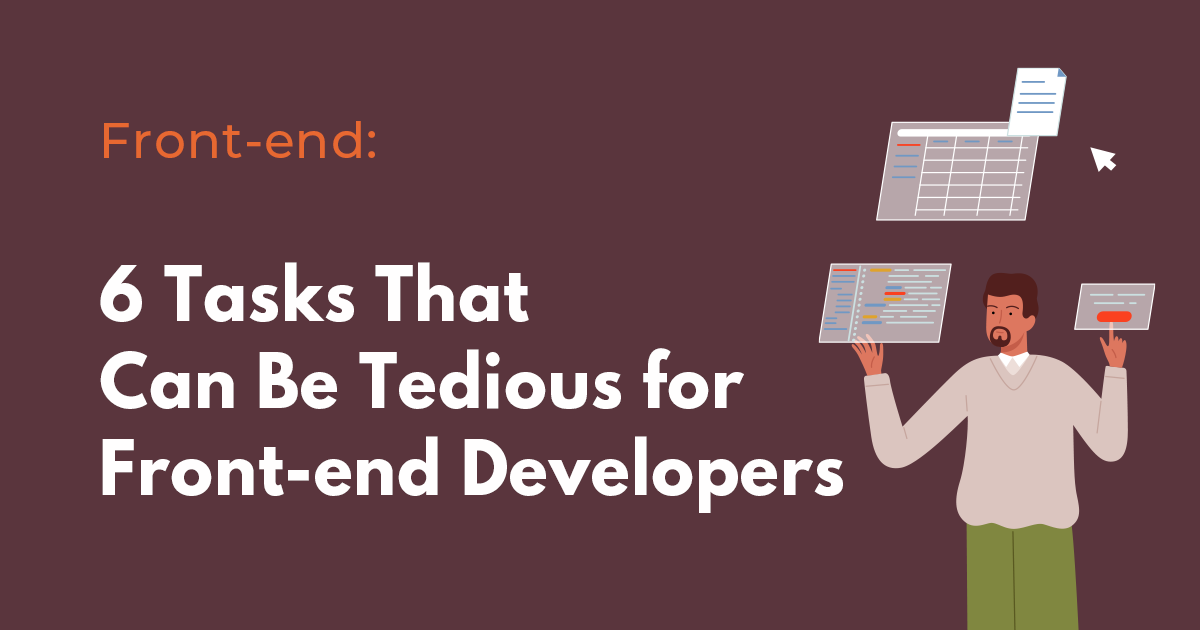We often encounter a lot of solopreneurs and startup teams on Twitter pitching their ideas to their peers and potential customers. It is a great way to start in order to build a successful app. Of course, in order to make the idea realized, having an idea alone isn’t enough. You will need to assemble a team of developers to turn your idea into a product that reaches a large audience while ensuring that you have the financial means to see it through. Or you may approach app development agencies to build the solution on your behalf. However, the cost is likely to be unaffordable. If you are facing this problem, read this blog! This blog will guide you on how to reduce app development costs without sacrificing quality.
And some of the tips mentioned in this blog can be applied to those who are in an app development studio or agency. So if you belong to the agency side, keep reading through the content written below.
How much does it cost to develop an app?
If you have limited funding, you may be discouraged by the typical cost of app development. A GoodFirms survey on mobile app development costs found that creating an app like Bumble or Tinder can cost around $40,000, Instagram clones can cost around $100,000, and feature-rich apps can cost upwards of $200,000.
What contributes to the app development costs?
The cost of app development varies and is influenced by the following factors:
Platforms:
The Clubhouse app provides a good example of the impact of platform choice. Clubhouse initially launched as an invite-only iOS app and later decided to expand to Android. Had they launched on both platforms from the start, their development and infrastructure costs would have doubled.
Technologies:
Choosing the right technology stack is critical to the final cost of your app. Integration with third-party platforms, AR features, and other extra features can increase the cost of building an app.
Manforce:
If you choose to hire an in-house team, you may need to recruit experts from different fields such as design, UI/UX, front-end, back-end, etc. And it is costly to hire each one of them. Refer to the table provided by Arounda that demonstrates the cost to hire in-house software developers and other specialists.
| Type of Experts | UK | US | Germany |
|---|---|---|---|
| Front-end Developer | $41,429 | $78,013 | $49,144 |
| Back-end Developer | $38,399 | $87,741 | $52,659 |
| Full Stack Developer | $43,182 | $79,968 | $51,000 |
| UI/UX Designer | $54,007 | $100,000 | $56,253 |
| QA Specialist | $38,038 | $72,922 | $49,513 |
| Project Manager | $47,971 | $89,231 | $65,216 |
| Business Analyst | $44,486 | $71,170 | $52,606 |
Scope:
The features you want in your app will impact the costs, as adding features will increase the cost and launch time.
Development partners:
If you choose to outsource your development, the cost will be affected by the pricing and collaboration strategy of your development partner.
Constantly changing requirements:
If you are unable to finalize your initial requirements, your development costs can quickly escalate as you constantly revise the product. This can also cause delays in the launch.
Tips to reduce app development cost while maintaining quality
App development can get costly, but it doesn't have to be. To keep expenses low while maintaining high quality, consider the following tips:
1. Thoroughly Plan and Finalize Requirements
Entrepreneurs often have a vision of the end product, but as development moves on, their ideas may change, leading to increased time and cost. To avoid this, create a Product Requirements Document (PRD) to ensure everyone is on the same page. The PRD needs to consist of the following details:
- Finalized list of features needed to realize your idea
- Requirements for UI design and UX of your product
- Timelines for development stages
- Estimates for each of these stages
- Platforms to use for your app
On top of these, market research is strongly recommended, as it can minimize the extent to which the original request list items change. If you are on the studio/agency side, you can consider delivering some market insights to your clients on top of a PRD template to minimize the effort to understand clients’ needs.
2. Create Prototypes
Creating a clickable prototype of the mobile app can reduce costs and improve the user experience. Use tools like Figma to create a prototype and refine the flow of the app before beginning development.
3. Outsource Development
Having an in-house development team is ideal, but if you don't have the resources, outsourcing to a reputable third party can reduce costs and access a global pool of talent. Outsourcing also eliminates the need to hire a team and allows you to scale resources as needed. However, be aware of potential risks such as communication issues, hidden costs, security risks, and quality constraints.
4. Build an MVP
Developing a minimum viable product (MVP) can help you test the market and gather user feedback before launching the final product. Many successful companies like Groupon, Airbnb, and Uber started with an MVP.
5. Create Cross-Platform Apps (iOS & Android)
Choosing between iOS or Android for app launch can be a dilemma, but developing cross-platform apps can reach customers on both platforms with the minimum time and costs. Cross-platform apps are essentially web apps that work on multiple platforms. Popular technologies for cross-platform development include Flutter and React Native.
6. Use Existing Platforms/SaaS
Using stable existing platforms or technologies can significantly reduce development time and costs. Utilize third-party libraries for various functions, such as messaging services or ordering systems.
7. Automate Repetitive Tasks
Automating repetitive tasks that have a high chance of error and require high amounts of input compared to their output, such as UI view coding, testing apps, and sending out notifications, can save time and reduce costs.
If you consider automating UI view coding, you can consider using the design-to-code solution. Refer to the available options and their specs from the blog below:
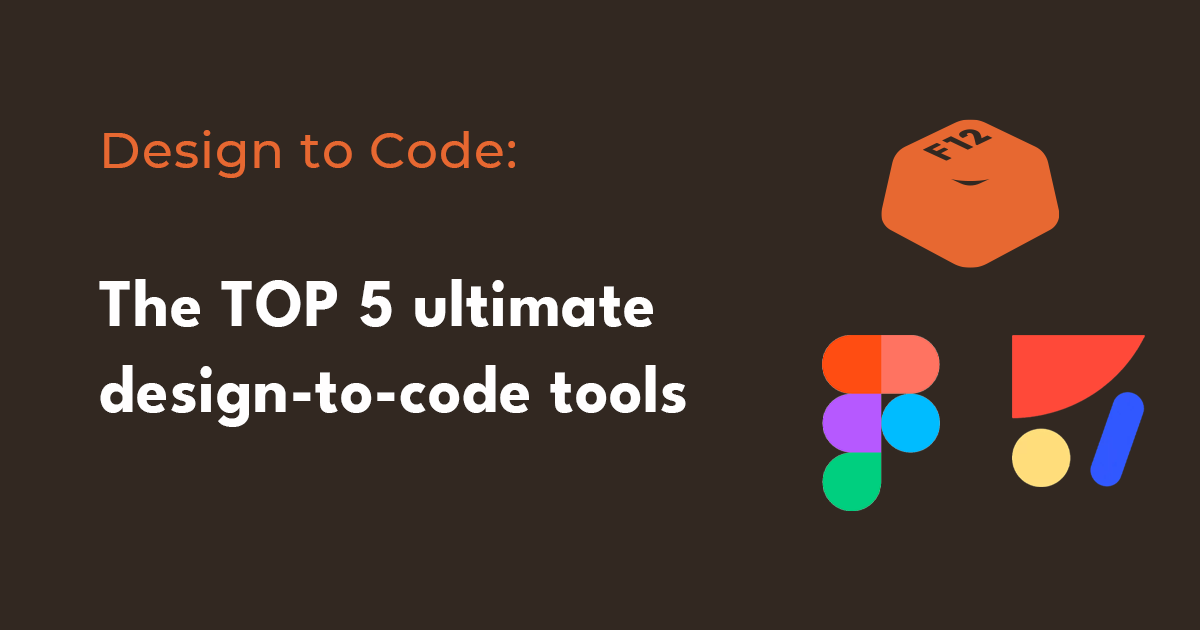
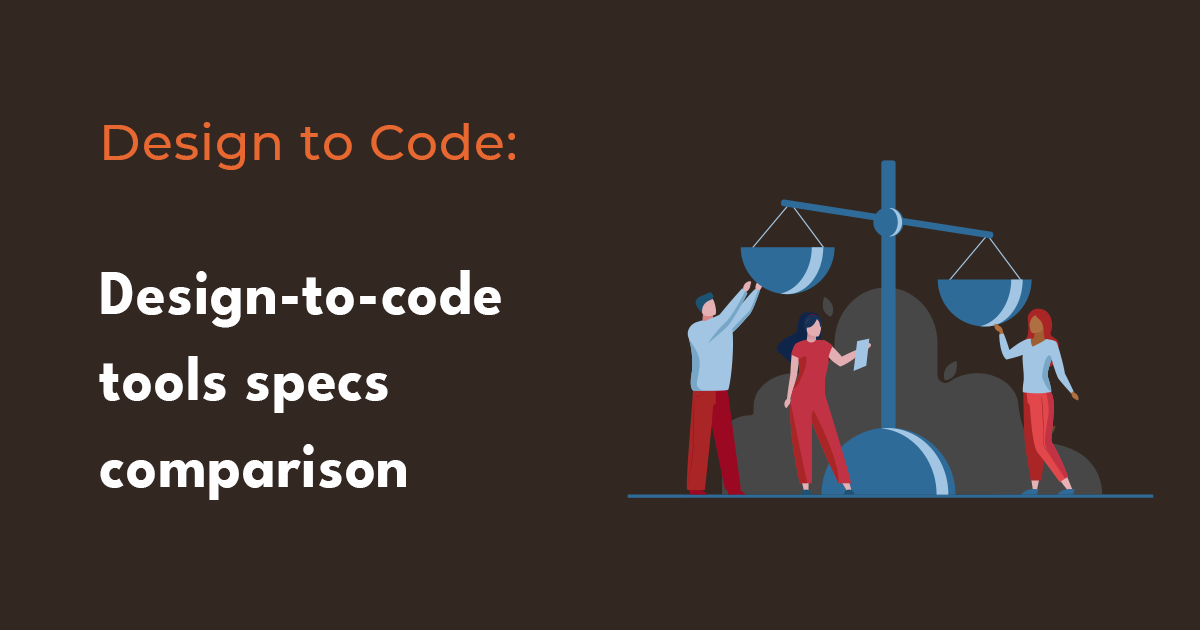
Final Thoughts
It is your choice whether to apply all the tips mentioned above or pick some of them only. However, regardless of your choice, it does not change the fact that a well-organized and planned approach to app development will reduce unwanted expenditures and delays, and ensure a high-quality product that your customers love. So what would you do as the next step?
Related Posts
